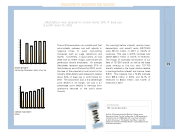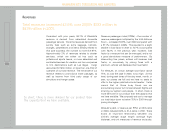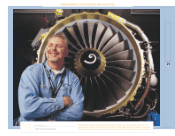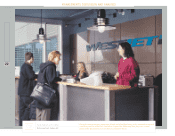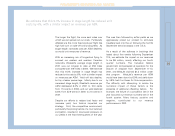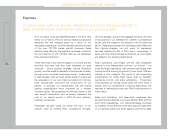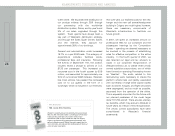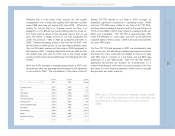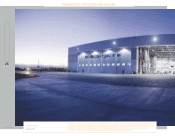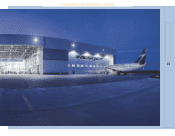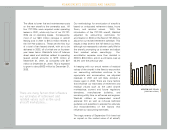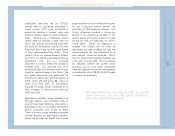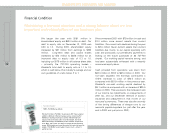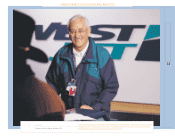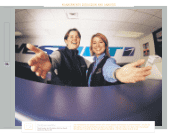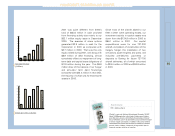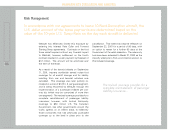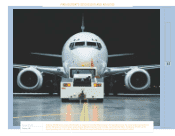Westjet 2001 Annual Report Download - page 29
Download and view the complete annual report
Please find page 29 of the 2001 Westjet annual report below. You can navigate through the pages in the report by either clicking on the pages listed below, or by using the keyword search tool below to find specific information within the annual report.
27
WestJet has a fixed price, fixed volume jet fuel supply
arrangement with a major fuel supplier that has been in place
since 1999 and does not expire until June 2003. While the
pricing for this jet fuel is in Canadian cents per litre, it is
pegged to a U.S. $18.61 per barrel ceiling price for crude oil.
The fixed volume nature of the contract means that as we
grow the airline, a lesser portion of our fuel purchases fall
under this contract – 42% in 2001 as compared with 61% in
2000. Increasing energy prices in the first half of 2001, and
the fact that a smaller portion of our fuel was protected meant
that our 35.6-cent average jet fuel price in 2000 increased to
36.5 cents in 2001. However, WestJet’s cost per ASM for fuel
did decline year over year by 3.4% due to the longer stage
length and the improved fuel efficiency of the Boeing 737-700
aircraft.
With our 9.3% increase in average stage length in 2001 over
the previous year, we estimate we will achieve a 6% decrease
in unit costs in 2002. The introduction of the state-of-the-art
Boeing 737-700 aircraft to our fleet in 2001 brought, as
expected, significant reductions in operating costs. While
only four 737-700s were added to our fleet of 23 737-200s,
and they were all added in the latter half of the year flying only
11.5% of our ASMs in 2001, their impact on reducing costs per
ASM was noticeable. The 737-700 is approximately 20%
more fuel efficient on a trip basis, but with its 20 additional
available seats, there is about a 30% fuel cost improvement
on a per ASM basis.
Our four 737-700 jets acquired in 2001 are considerably less
than a year old, and including maintenance premiums paid to
the lessor for major overhauls and checks in the future, they
cost 50% less to maintain on a trip basis, and are 58% less
expensive on a per ASM basis. With the 737-700 aircraft,
significant economies are evident for maintenance on a
mature aircraft basis, and much more pronounced in the first
few years of a new aircraft’s operation while it and its multiple
components are under warranty.
Cost per available seat mile (ASM): 2001 2000 Change
Passenger services 0.032 0.034
Fuel 0.028 0.029
Maintenance 0.024 0.026
Amortization 0.011 0.009
Sales and marketing 0.010 0.011
Flight operations 0.007 0.007
General and administrative 0.007 0.006
Reservations 0.006 0.007
Aircraft leasing 0.005 0.004
Inflight 0.005 0.006
Employee profit share 0.003 0.007
Total 0.140 0.146
5.9%
3.4%
7.7%
(22.2%)
9.9%
0.0%
(16.7%)
14.3%
(25.0%)
16.7%
57.1%
4.1%
With our 9.3% increase in average stage length
in 2001 over the previous year, we estimate we
will achieve a 6% decrease in unit costs in
2002.
MANAGEMENT’S DISCUSSION AND ANALYSIS




